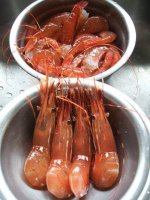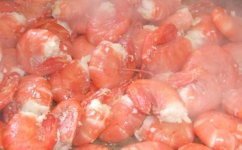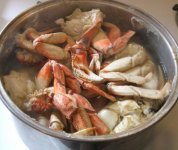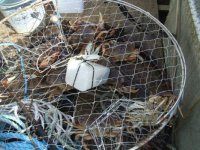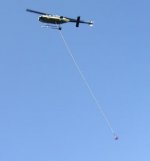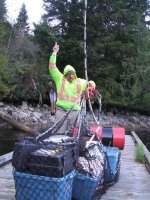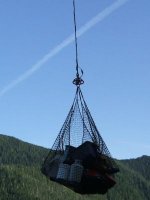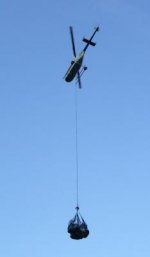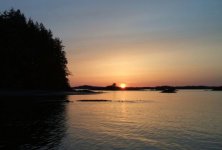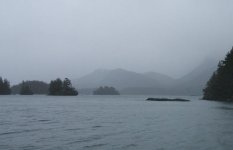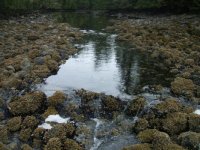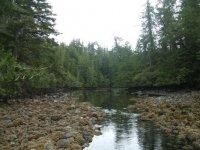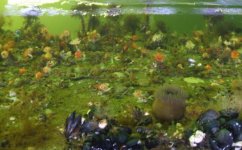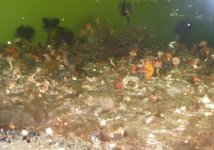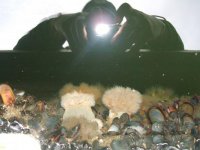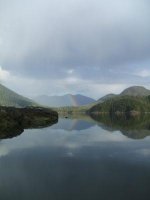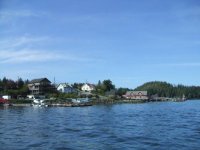Lagoon Island Pearls
Well-known member
- Joined
- Dec 8, 2009
- Messages
- 2,117
.... someone else can have my share of the oysters!
Oysters are best eaten raw, when they are tiny. 1-2 years old. Bigger ones get butterflied, shaken in seasoned flour and pan fried. The texture firms up nicely.
I have a cheater's version of Oysters Rockefeller. Instead of wrapping in spinach etc., I put all the ingredients (nectar, garlic, parmesean, etc) in the blender and pour the mixture on halfshelled oysters and put them under the grill until browned.

